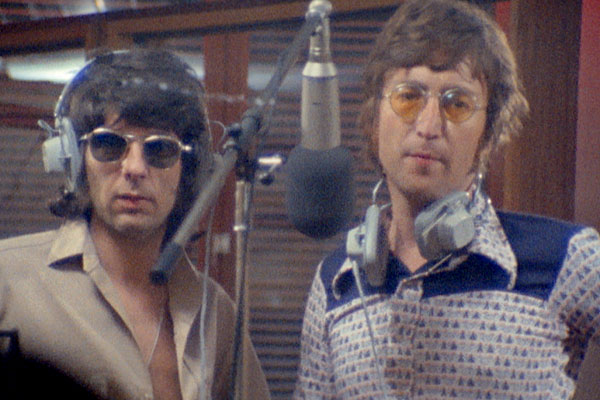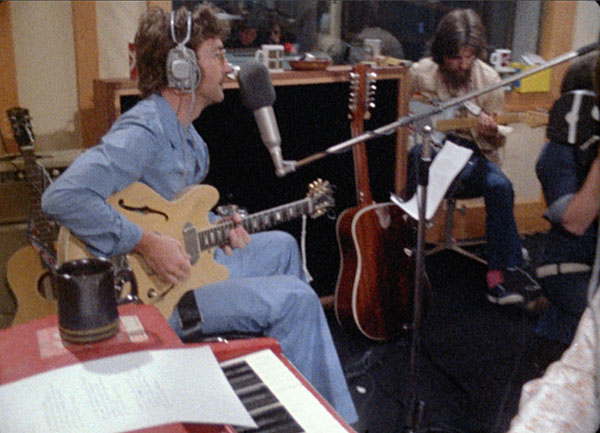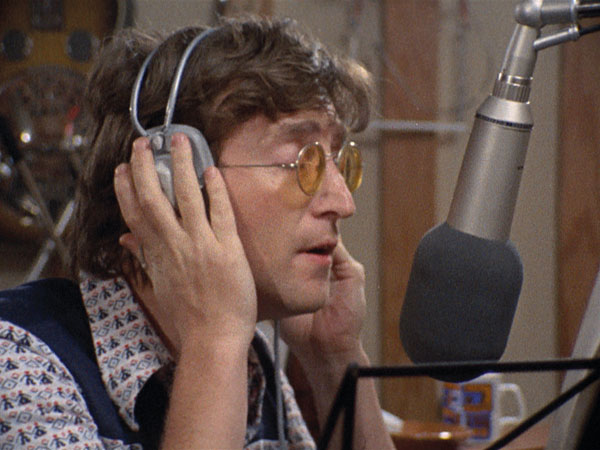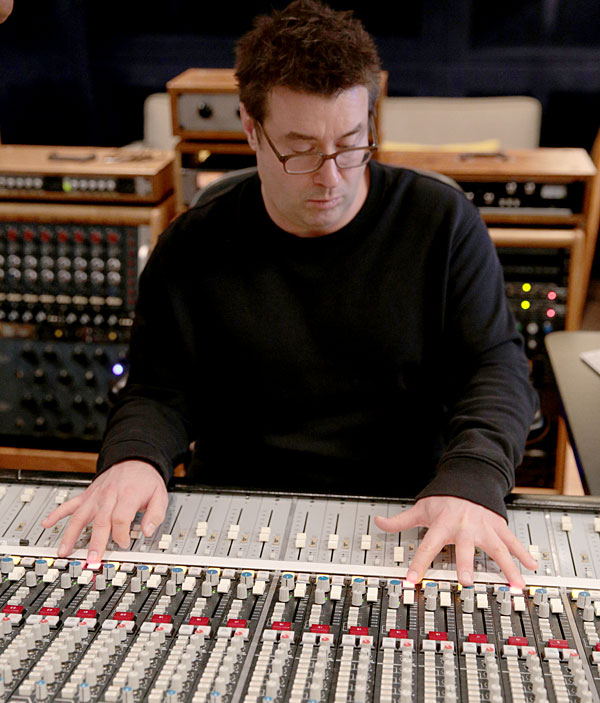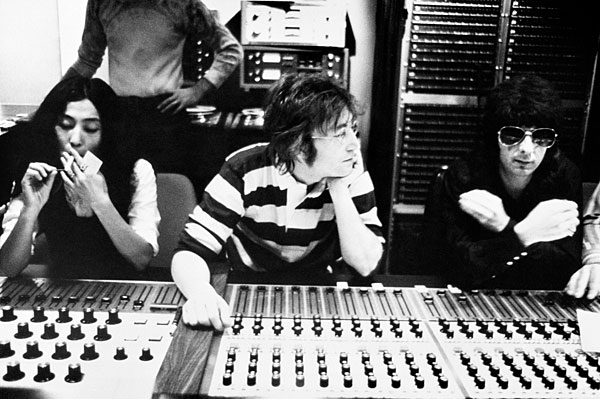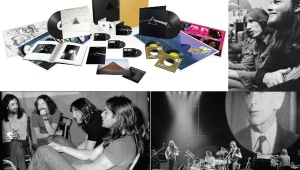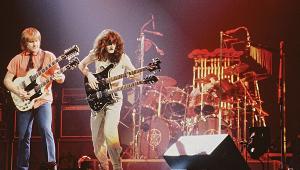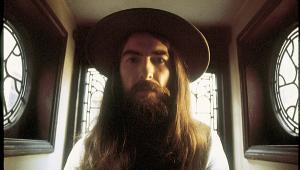Man, he would have really been an elderly man! While celebrity deaths by violence are tragic and filled with many 'what ifs?' if they had survive to make more music, it also ENHANCES the dead celebrity's stature and in a sense - they never die! They become - legends!
Celebs who die of old age and whose hits were long gone, seem to simply go out as people expect them to. When you think about the Bruce Lee's, Sam Cooke's, John Lennon or a James Dean - they remain in popular culture (although Same Cooke for some reason, has been suppressed, with not one movie made about his life - why?) time, their music, their film, their pictures and their ages - are frozen in time!
Although tragic events, violent or sudden deaths in celebrities allow these people to live on.
Also - these former Beatles and their families have been milking the public for decades with all kind of releases and remixes, re-issues, etc.! I guess if people keep buying...
